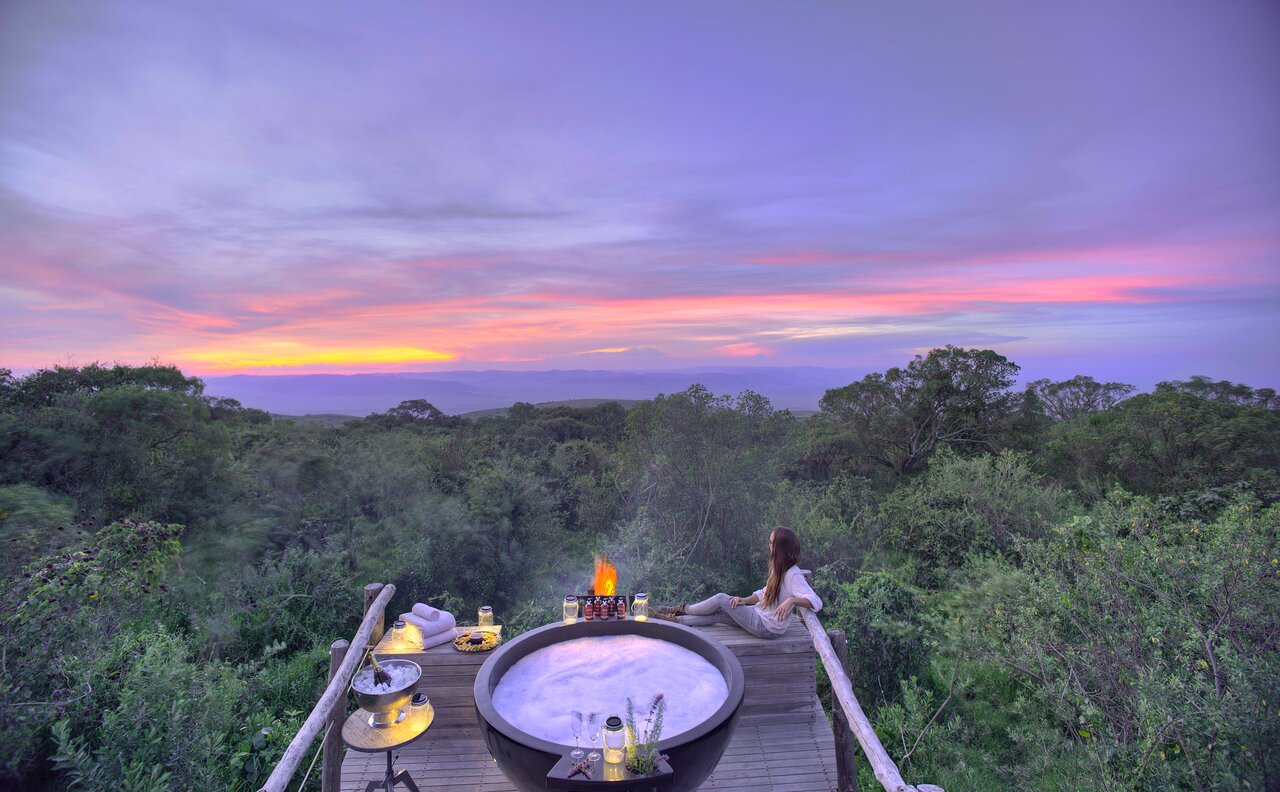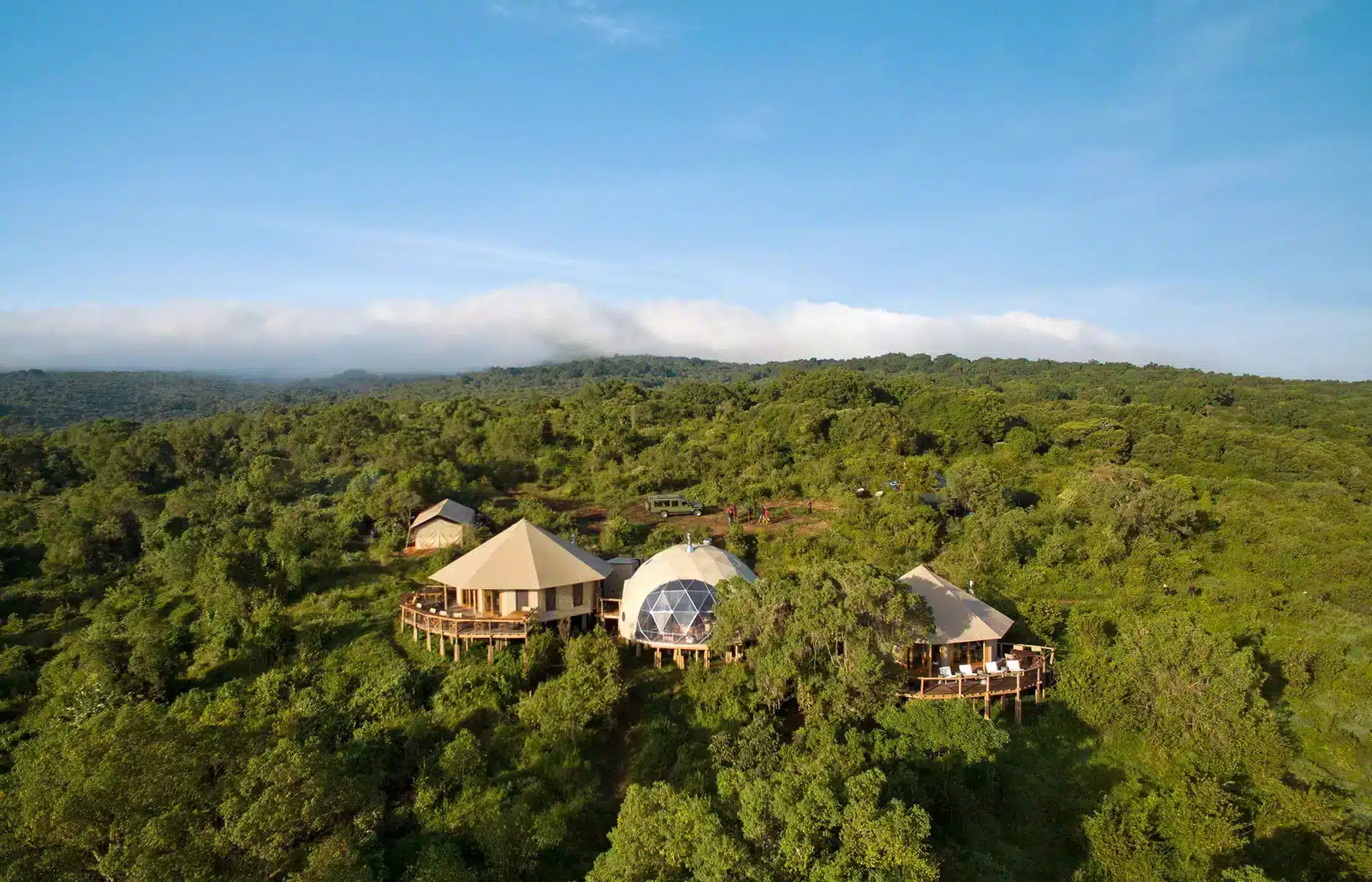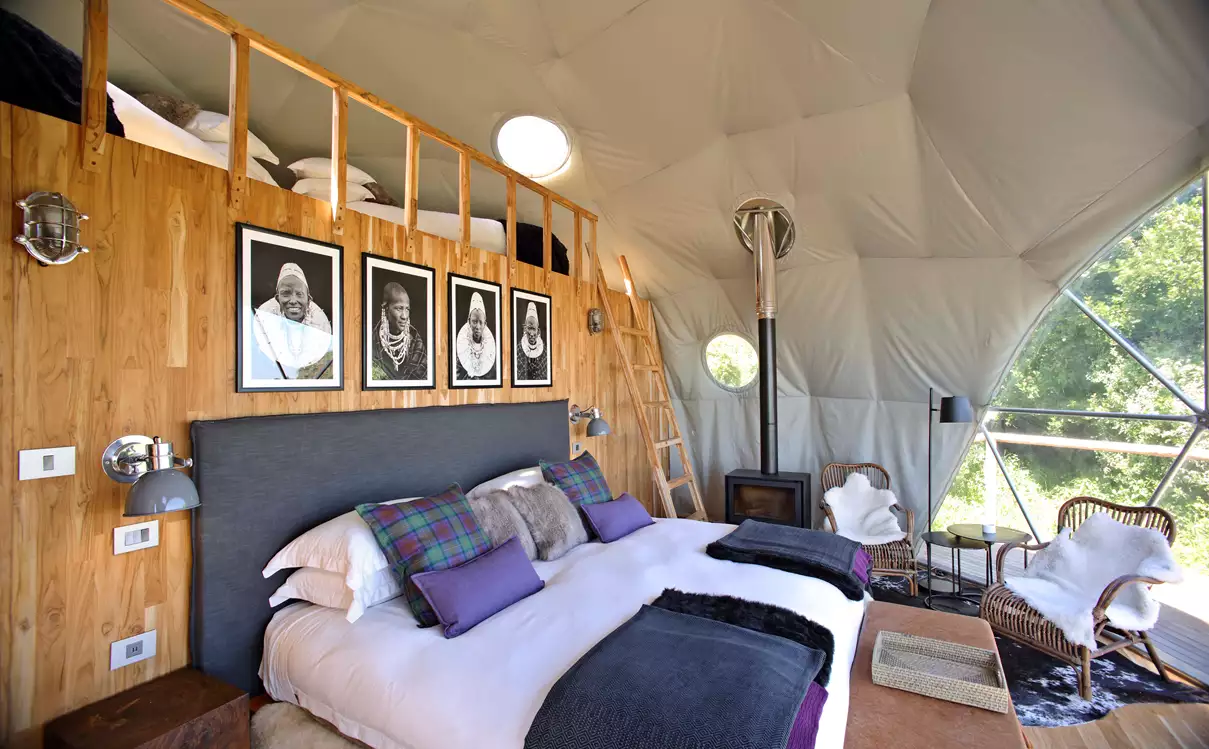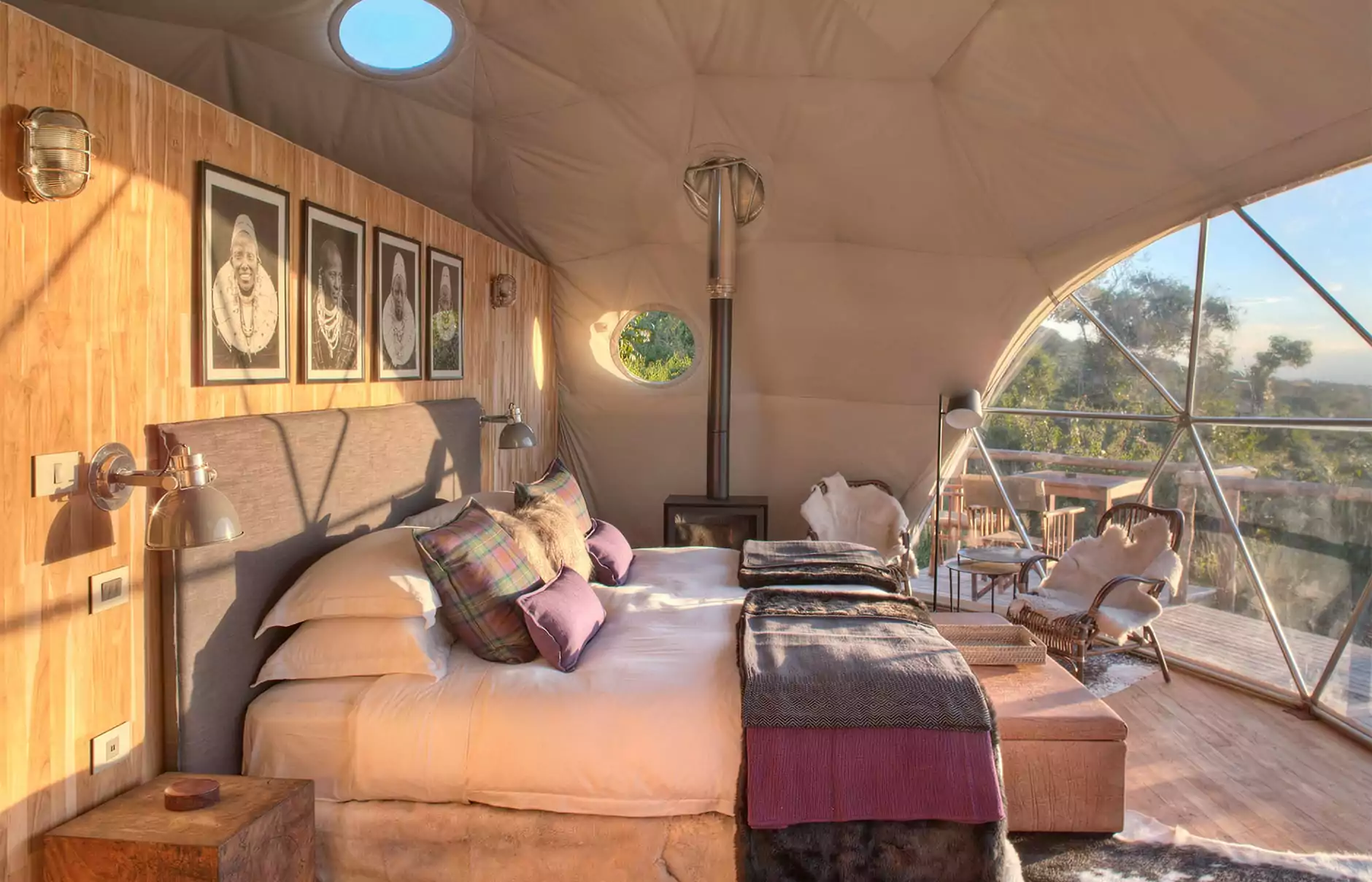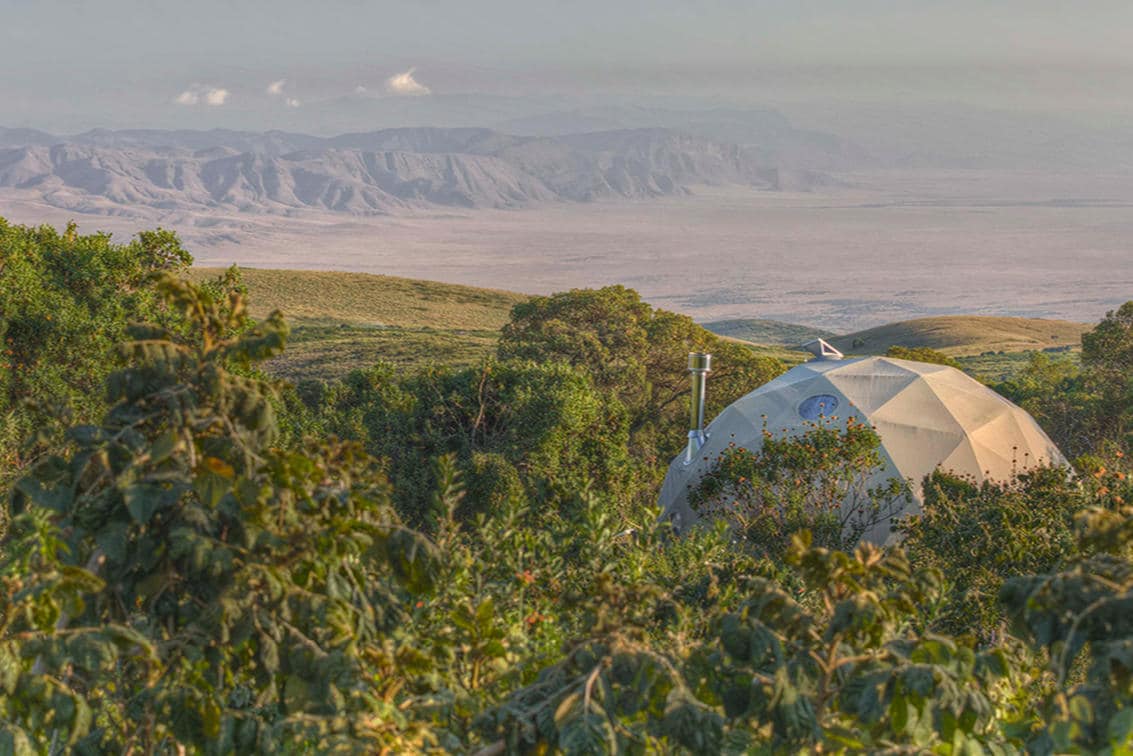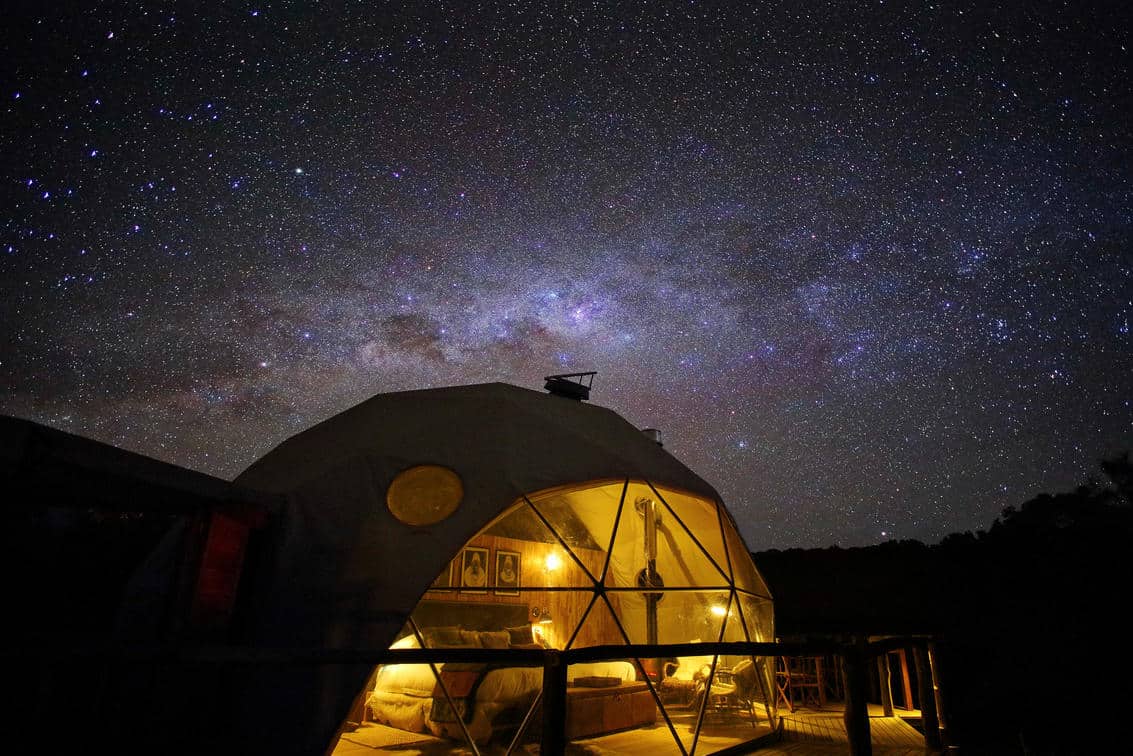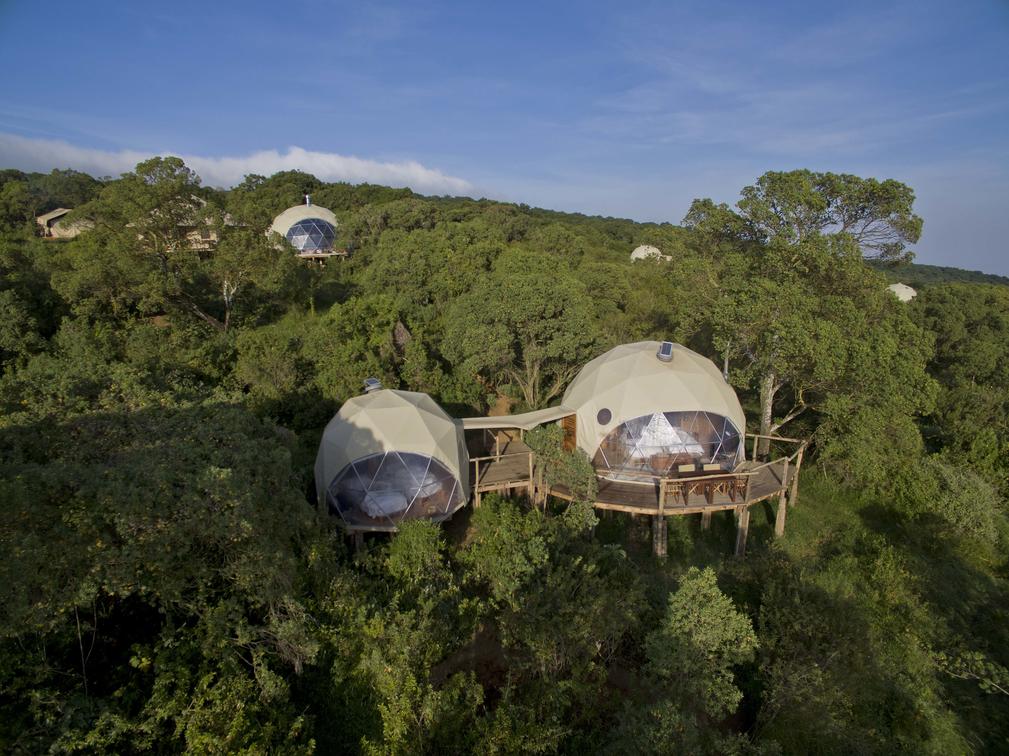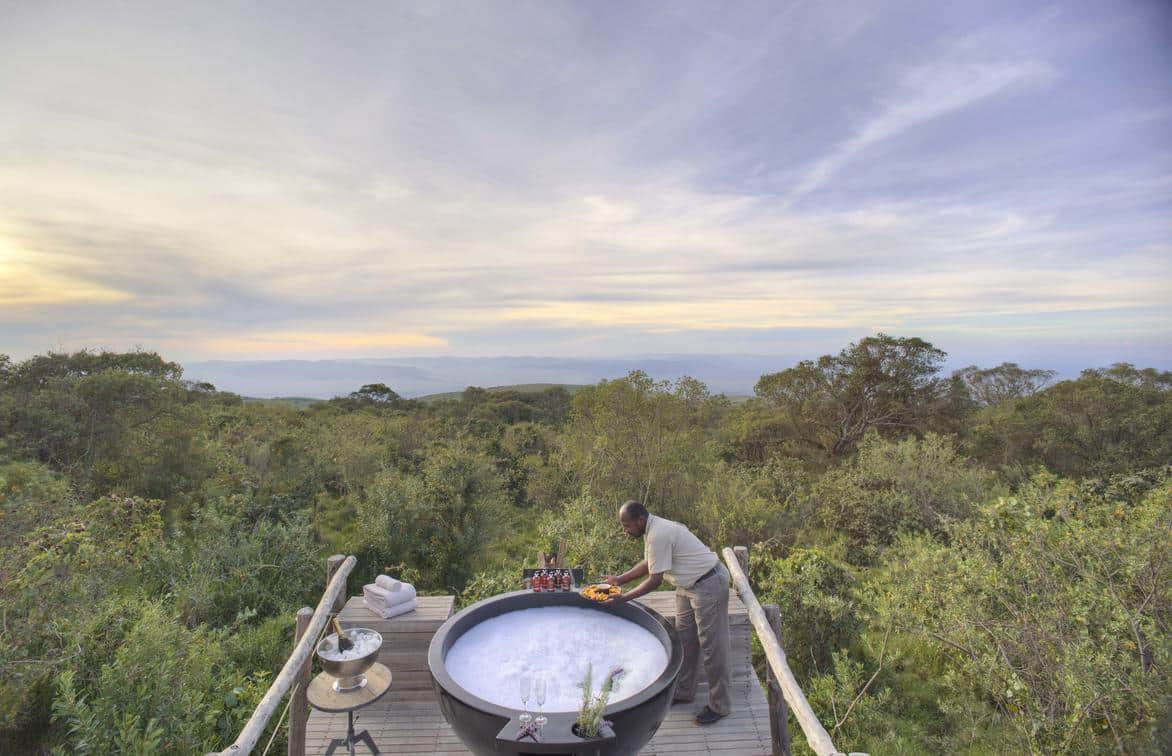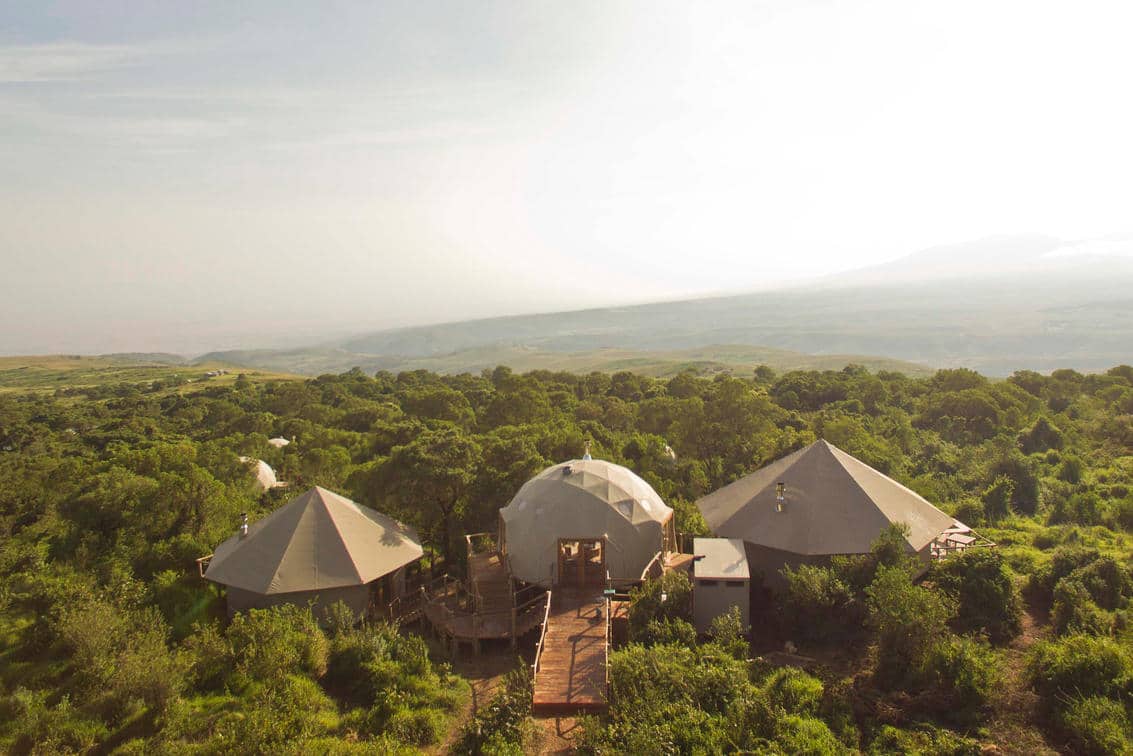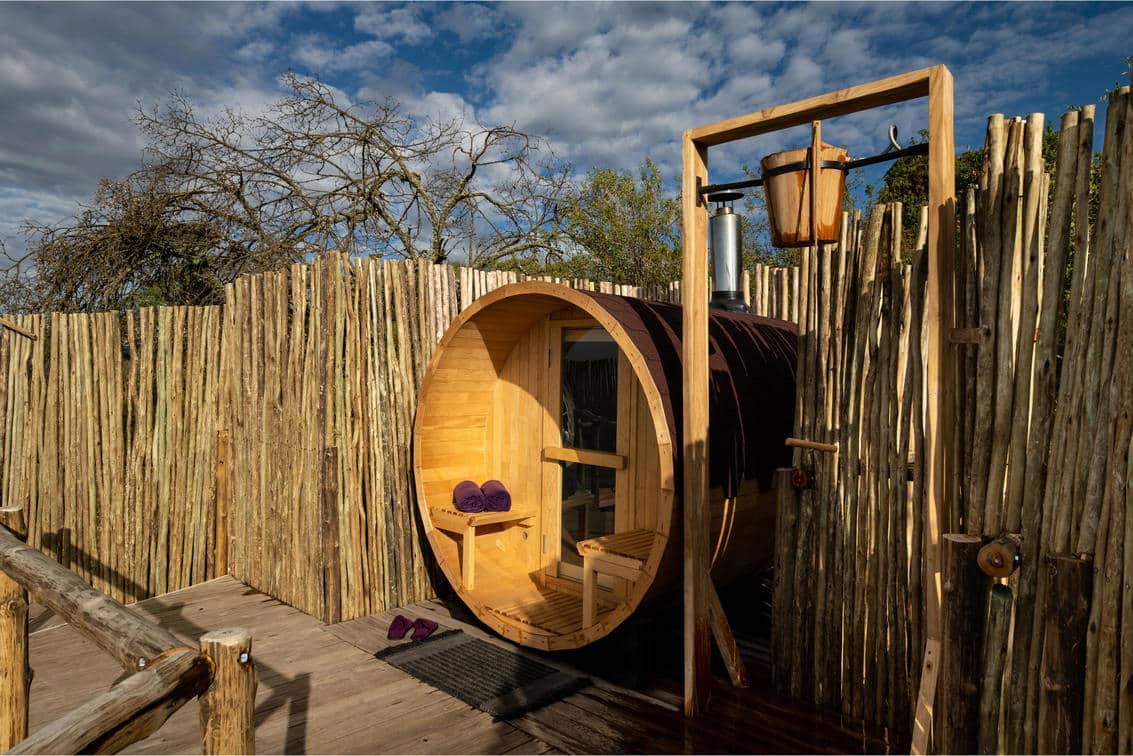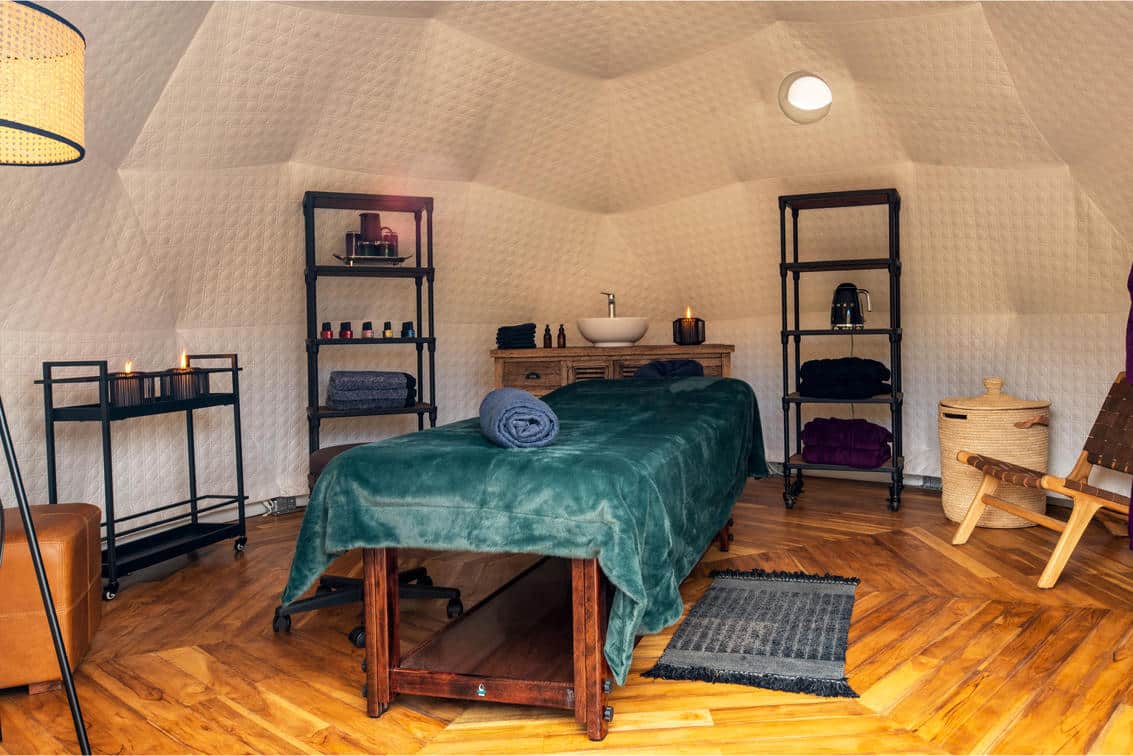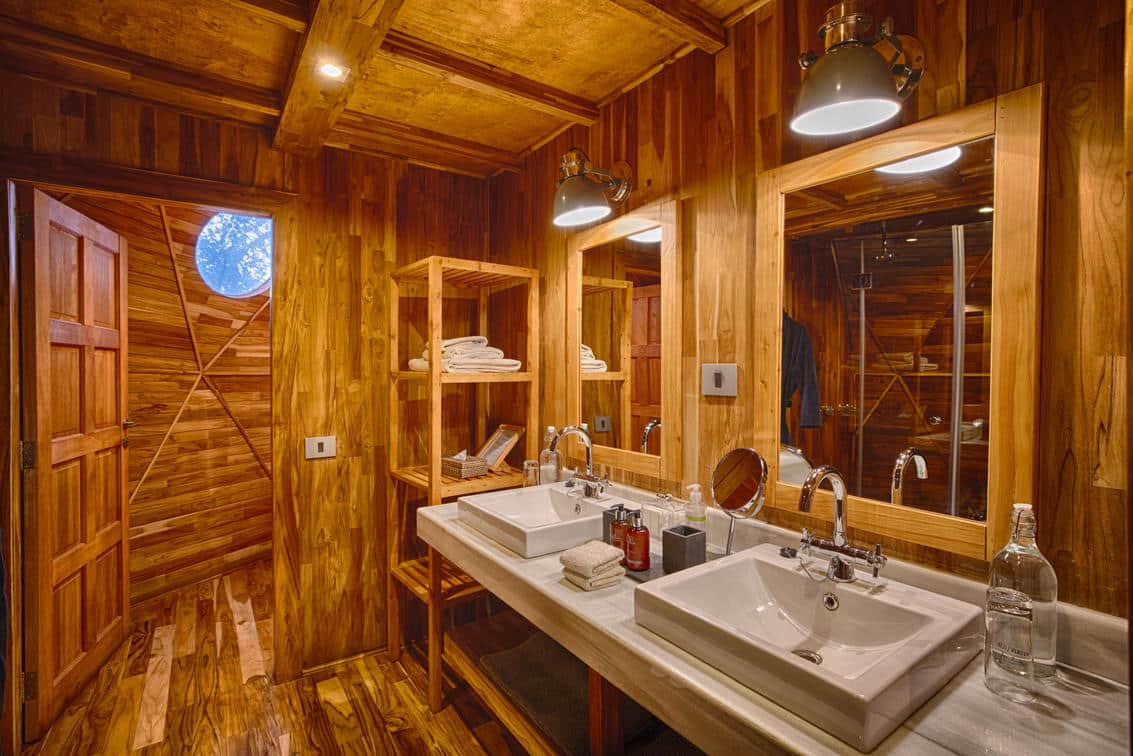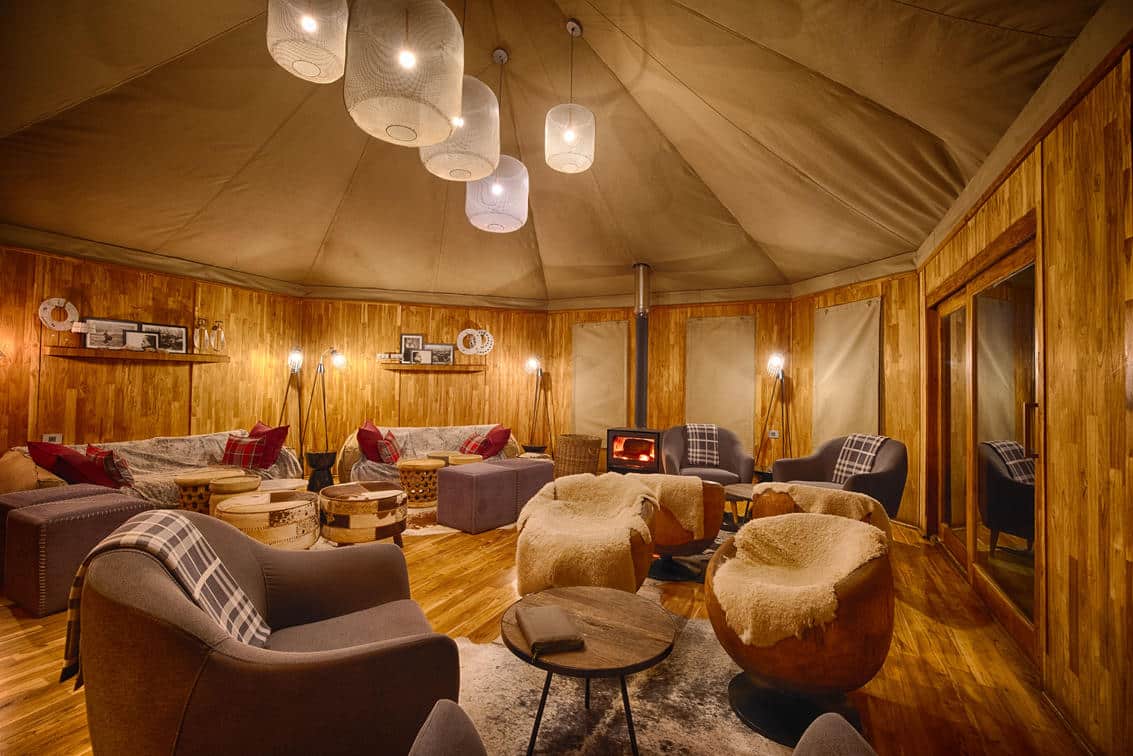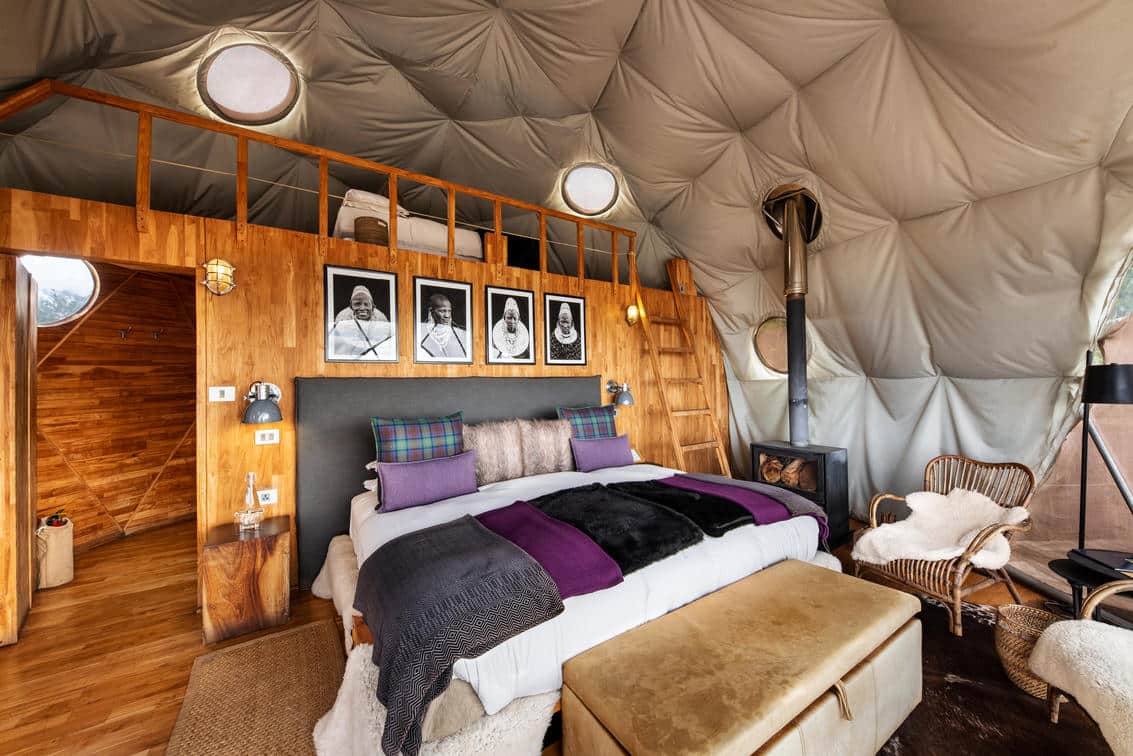Double Tent – 2 pax
(6 ROOMS)
Family Tent – 4 pax
(1 ROOM)
Honeymoon Tent – 2 pax
(1 ROOM)
Location of The Highlands
The Ngorongoro Conservation Area is a UNESCO World Heritage Site, and with good reason: it is a stunning landscape of mountainous forests, grassy plains, and swampy marshlands. The Highlands perches at the edge of a forest that encircles Olmoti Volcano. It is the highest property in the area, affording sublime, panoramic vistas. Both sunrise and sunset are visible from camp.
The famous Ngorongoro Crater lies 40 km to the south. The crater, the largest inactive, intact, and unflooded caldera in the world, was formed when a volcano exploded and collapsed in on itself 2 to 3 million years ago. It is now one of the best places in Africa for wildlife viewing, with the Big Five and an extraordinary concentration of predators in the area. On the northern flank of Olmoti Volcano, we might see buffalo, zebras, hartebeests, bushbucks, leopards, and elephants (at certain times of the year), as well as nocturnal animals such as hyenas and porcupines. Empakaai Crater is known for the thousands of flamingos that gather along the shores of its soda lake (a highly alkaline lake).
What to expect during the year
Ngorongoro is a year-round safari destination, but we think the best time to visit is May to avoid crowds. July and August are when the Ngorongoro receives the most tourists. There is a fairly significant difference in climate between the Ngorongoro Crater and the surrounding Ngorongoro Conservation Area. The crater is much colder than the NCA due to its higher altitude. Allow a drop of around seven °C per 1,000 meters (3.5°F per 1,000 feet). It also rains more around the crater rim, and night-time temperatures can dip to freezing, so pack many layers.
JANUARY – MARCH
January and February see a rain gap between the wet seasons, though it’s difficult to predict exactly when this will fall. Migratory birds are in the NCA during these months. There are fewer tourists than in July and August (though it can still feel busy).
APRIL – JUNE
The long rains fall in April and May, the wettest time of year. However, it doesn’t rain all day, and plenty of wildlife-spotting opportunities exist. May is the best time to avoid crowds and see wildflowers that bloom across the crater floor. Travel during this time to take advantage of low season rates. The dry season arrives in June.
JULY – SEPTEMBER
July and August’s dry season are peak months for travel, mainly because of the school holidays. This is also the best time to find wildlife. The days are usually sunny and clear.
OCTOBER – DECEMBER
Fewer people visit the NCA outside the peak season, though the crater can still feel quite busy. Migratory birds usually begin to arrive in November.
The Official Website: The Highlands Lodge in Ngorongoro.
READ MORE
The Highlands
